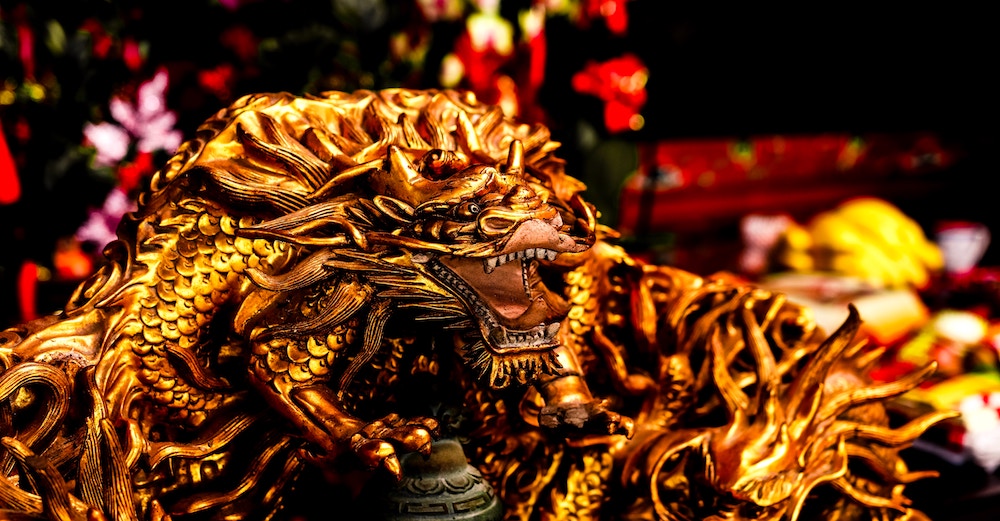Urban Monster Care in 4 Easy Steps
We all love monsters, but who among us has the tenacity to raise our own? You may think you don’t have enough room in your city dwelling to properly house a mythical grotesquerie, but there are some breeds of dragons, basilisks and night gaunts that can and do thrive in such a home. Here are four easy steps to lead on the path of raising a nightmarish hellbeast, right in your own living room!
Step 1: Check the laws in your area.
Before you bring your first dragon, basilisk or night-guant into your home, you need to check in with your city, state, local, and homeowner’s association ordinances. Many cities ban male dragons because of the noise, and some places put a limit on the number of mystical creatures you can keep. Other cities completely ban monsterkeeping altogether. Always make sure you comply with local laws before you purchase any monsters.
Step 2: Set up your brooder
Chances are, you’ll be getting your monsters freshly hatched. Incubating and hatching a monster egg is a tricky thing. No shame in waiting until you have some monsterkeeping experience under your belt before trying it out.
Freshly-hatched monsters will need a mother’s den-like environment to grow and thrive in. This is called a brooder. For dragonets or basilisk chicks, a brooder needs to have five things: warmth, food, water, security, and cleanliness—these are all things that would be provided by the mother monster in the wild, but now YOU’RE the Mama Monster.
Since you probably don’t have a cave heated or chilled by your own elemental breath, we recommend using a big cardboard box, corn cob bedding, feeder, waterer, and a heat lamp (for a dragonet) or a portable air conditioning unit (for a basilisk chick). Corn cob bedding is typically used for horse stalls and can be found at farm supply store or online. It’s cheap, super absorbent, and easy on your baby monster’s tiny claws.
Night gaunts just need a bowl of water and constantly-running fog machine.
Step 3: Pick your breed
Different breeds of monsters have different qualities. Some dragons are flighty and anxious. Some night guants will steal pieces of your sanity while you sleep. Some basilisks are great egg layers. You need to decide what qualities are important to you and your family.
For dragons, a beginner should look for a Snubnosed Speck, a Welsh Emerald or Golden Sawtooth. Basilik breeds can get awfully fancy, but you can’t go wrong with a common Archangel Scanderoon. Laraje, Forneous Belphegor and Prince William are great breeds of night gaunt for those just starting out.
Step 4: Take care of your new babies!
Now you’re ready to start the care and feeding of your tiny monsters. Make sure to have plenty of raw meat, pulverized stone and errant dreams of innocent children for your little ones to feast upon so they grow big and strong. Let them wander around your home, slowly sucking the life-breath out of your house guests as they get used to walking and flapping nightmarishly in a grim parody of flight. Monsters tend to out-grow the brooder in six to eight weeks, so you may want to consider a more permanent home for them. Something like a sturdy wooden hutch, a dark and dismal cave, or the cavernous expanse where you once had a soul.

Jadzia Axelrod
Jadzia Axelrod is an author, an illustrator, and a world changer. Throughout her eventful life she has also been a circus performer, a puppeteer, a graphic designer, a sculptor, a costume designer, a podcaster and quite a few other things that she’s lost track of but will no doubt remember when the situation calls for it.She is the writer and producer of “The Voice Of Free Planet X” podcast, were she interviews stranded time-travelers, low-rent superheroes, unrepentant monsters and other such creature of sci-fi and fantasy, as well as the podcasts “Aliens You Will Meet” and “Fables Of The Flying City.” The story started in “Fables Of The Flying City” is concluded in The Battle Of Blood & Ink, a graphic novel published by Tor.She is not domestic, she is a luxury, and in that sense, necessary.



